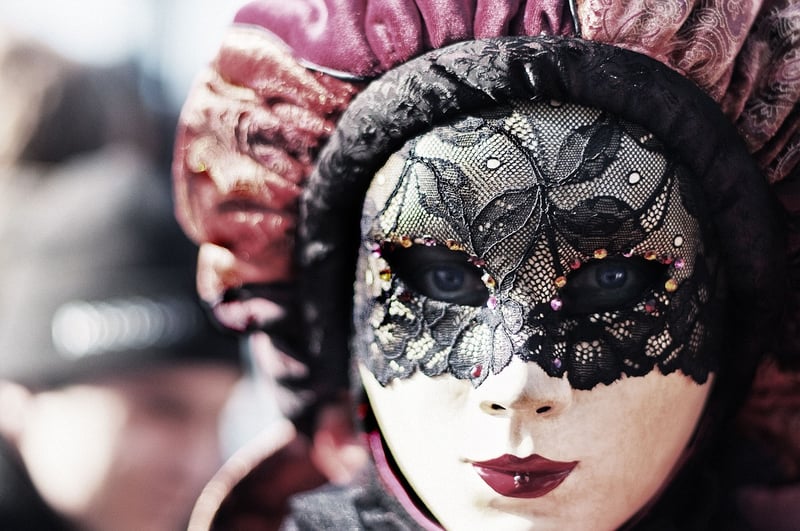Veiled Conversations
The Art of Undercover Discussions and Veiled Conversations
In various settings, whether in literature, espionage, or casual social interactions, the concept of undercover discussions and veiled conversations has always intrigued many. This art involves communicating messages discreetly, often masked behind layers of subtlety and ambiguity.
Why Undercover Discussions?
Undercover discussions serve multiple purposes, ranging from conveying sensitive information securely to adding an element of mystery and intrigue to conversations. They are prevalent in spy novels, political negotiations, and even in everyday interactions where individuals need to communicate discreetly.
Key Elements of Undercover Discussions:
- Use of coded language or signals
- Double entendres and cryptic messages
- Non-verbal cues and gestures
- Setting-specific cues and symbols

Veiled Conversations: Unveiling the Subtext
Veiled conversations involve subtle hints, implications, and hidden meanings within dialogue. They require participants to read between the lines and decipher the underlying messages concealed beneath the surface. This form of communication adds depth and complexity to interactions, often leaving room for interpretation.
Characteristics of Veiled Conversations:
- Indirect language and implications
- Metaphors and allegories
- Emotional subtext and hidden motives
- Reading between the lines

Mastering the Art
To excel in undercover discussions and veiled conversations, one must cultivate a keen sense of observation, an understanding of social cues, and the ability to decode hidden meanings. Practice, patience, and a sharp intellect are essential in mastering this intricate art of communication.
Embrace the mystery and allure of undercover discussions and veiled conversations, and unlock a world where words carry deeper significance than meets the eye.
Remember, sometimes what is left unsaid speaks volumes.
